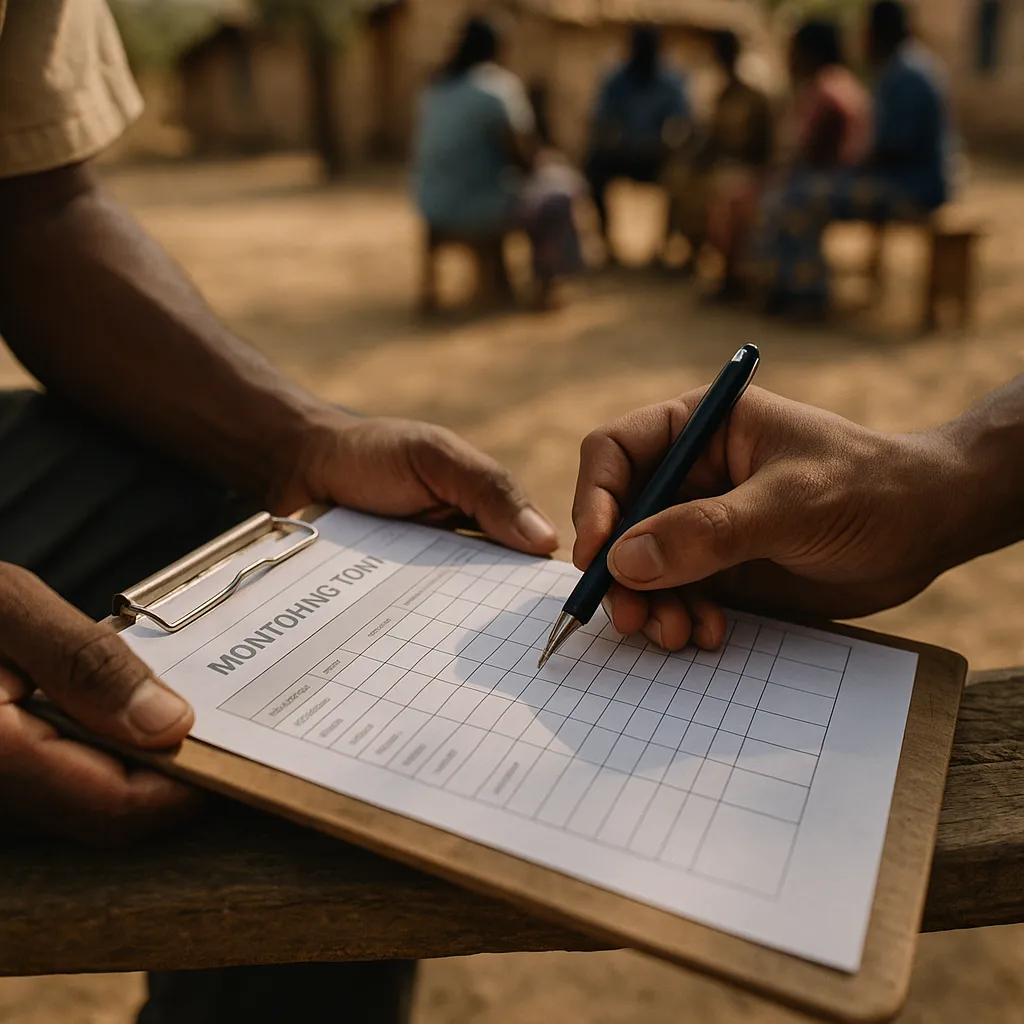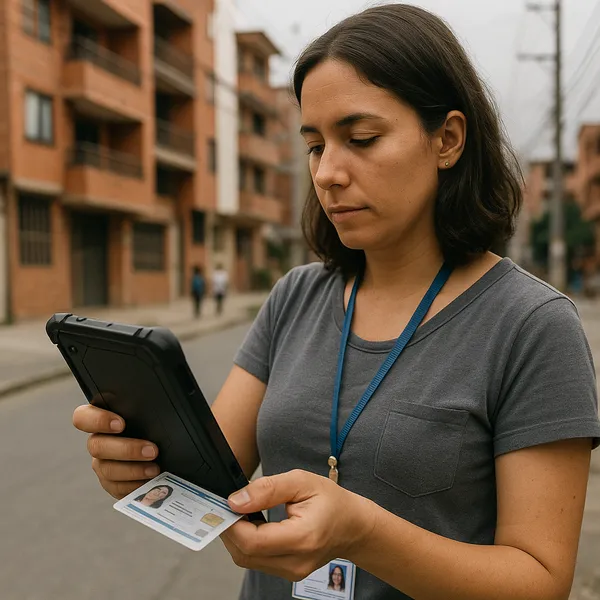Institutional Capacity Transfer: Strengthening National Implementation Partners
Published on: Sun Sep 01 2024 by Ivar Strand
Stronger Together: Institutional Capacity Transfer: Strengthening National Implementation Partners
Local and national implementing partners (IPs) are the bedrock of effective international development and humanitarian aid. Their contextual knowledge, community trust, and persistent presence are assets that external actors cannot replicate. However, these organizations often operate with significant resource constraints, particularly in the technical domains of monitoring and evaluation (M&E). This can create a critical gap between program implementation and the ability to robustly measure and report on its effects.
The problem statement is straightforward: if an IP lacks the internal systems for strong self-monitoring, external partners often rely on external Third-Party Monitoring (TPM) providers to fill the void. This relationship, however, is too often framed as a one-way, compliance-driven exercise.
A more strategic and sustainable approach is possible. In this paper, we argue that the TPM function should be redefined. It should evolve from a simple verification service into a vehicle for genuine capacity building, strengthening the entire delivery chain and fostering long-term, independent success.
1. From Compliance to Collaboration: Redefining the TPM Relationship
The value of a TPM provider can be viewed through two distinct lenses.
-
The Traditional View: A Focus on Compliance In this model, the TPM provider operates as an external auditor. The primary function is to collect data to verify an IP’s reported outputs for a donor. The relationship is transactional. The IP is the subject of monitoring, and its staff are sources of information. While this approach can meet immediate reporting requirements, it is extractive by nature. It does little to address the root causes of M&E capacity gaps and can sometimes foster a climate of mistrust.
-
The Collaborative View: A Focus on Capacity Building This alternative model reframes the relationship as a partnership. The TPM provider and the IP are aligned around a shared objective: improving project effectiveness and demonstrating results. At Abyrint, we have found that this approach transforms the dynamic. Monitoring becomes a constructive, “open-book” process. The goal is not just to report on the partner, but to empower them with the tools and expertise to better report on their own work.
2. A Practical Framework for Building M&E Capacity
Shifting from theory to practice requires a structured, deliberate methodology. Empowering partners is not an accidental byproduct of monitoring; it must be an explicit objective with its own workstream. Our approach is built on a sequence of collaborative actions.
-
Step 1. Conduct a Joint Needs Assessment. The process begins not with an external critique, but with a joint diagnostic. The TPM provider facilitates a structured review with the IP’s staff to map their existing M&E processes, tools, and human resource capabilities. This collaborative assessment identifies genuine needs and respects the IP’s existing knowledge, establishing a foundation of trust.
-
Step 2. Co-design and Adapt Tools. Rather than imposing a complex, external M&E system, the focus should be on co-designing tools that are fit for purpose. This may involve simplifying data collection forms to make them more user-friendly for community volunteers, translating indicators into local languages, or setting up simple dashboards using accessible software. This co-design process ensures the IP’s ownership of the tools, making their sustained use far more likely.
-
Step 3. Provide Direct Mentorship and ‘Shadowing’. Knowledge transfer is most effective when it is practical and relationship-based. This involves TPM staff working alongside their IP counterparts in the field. This could mean a TPM data scientist mentoring an IP’s M&E officer on data analysis, or a field manager demonstrating effective quality assurance techniques during a site visit. This hands-on coaching is far more impactful than a one-off workshop.
-
Step 4. Establish Sustainable Internal Systems. The ultimate objective is to help the partner build their own durable M&E system. This means embedding simple data quality check routines, establishing clear roles and responsibilities for M&E within their team, and creating straightforward reporting templates. The goal is to gradually reduce the IP’s reliance on external support, leaving behind a legacy of increased institutional capacity.
3. The Fiduciary and Programmatic Benefits
Investing in partner capacity is not simply an altruistic endeavour; it is a strategic decision with clear benefits for all stakeholders.
- For External Partners: A more capable partner provides higher-quality, real-time data, which in turn enables better programmatic decision-making and risk management. Over the long term, it can reduce the need for intensive, and costly, external monitoring. It represents a sound fiduciary investment in the sustainability of the program’s impact.
- For Implementing Partners: Enhanced M&E skills strengthen their ability to manage their own projects adaptively. It also improves their accountability to their own communities and enhances their standing and competitiveness for future funding.
- For the Project: A strong, locally-owned monitoring system allows for faster identification of problems and more agile responses, leading directly to better outcomes for the communities being served.
Conclusion
Moving from a compliance-driven monitoring model to a collaborative, capacity-building approach is a strategic evolution. It transforms monitoring from an external requirement, often viewed with apprehension, into a shared asset that improves project delivery for everyone involved.
This approach requires a mindset shift from all parties, but the returns are significant. True, sustainable development is achieved not when a partner is perfectly monitored by an external agent, but when they have mastered the capacity to monitor themselves effectively.



